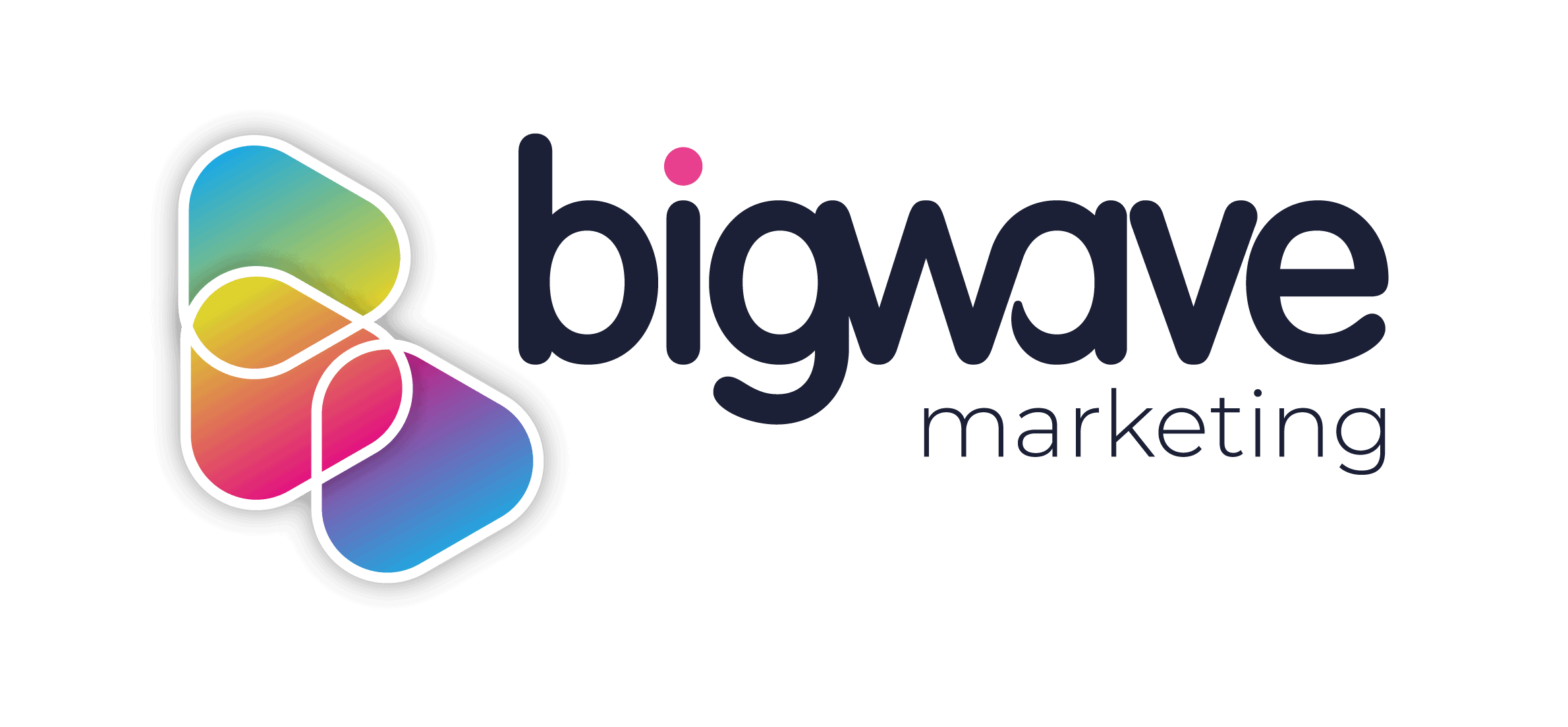Brining your digital designs to life in the real world can feel daunting, especially if you don’t have much experience. Thankfully, there are several tools out there for poster design that will help you attract customers.
Marketers and business owners still use print marketing methods despite how much the world has transitioned to digital. People value print – it’s something they can keep and hold on to. You can publish your posters online, like on your social media channels, but creating eye-catching posters for the physical world will help broaden your reach, generate more leads, and directly speak to your audience in an offline environment.
There are a few rules when it comes to poster design. Your approach to promoting your brand can be as creative and innovative as you choose, however, there are some things you should know to succeed:
1. Make Sure Your Poster Design is In Line with Your Brand
Whether you start from scratch or use a premade template, ensure your poster design is in-line with your brand so that people can identify who you are and know how to find you. This means using the same colours, fonts, and logos that are on your website and other branding materials. Consistency is key when it comes to branding.
2. Determine Your Visual Hierarchy
Visual hierarchy is the principle of arranging elements in order of significance. This in short means that if your visual hierarchy is established, your poster will catch your audience’s attention easier and enable them to absorb your message quicker. So, you would begin by prioritising your most important elements to lure your audience in and gain their interest with the title and main image or graphic.
Once you’ve got them interested, move on to the second most important element: the necessary details about your product, service, or event that are simple and to the point. Try and explain your what, why, when, where and who in a few sentences, so it’s easy for your audience to digest.
Now, your audience will want to know more. So, direct them to a place where they can, like your social media platforms. You should add your social media icons and handles to the bottom of the poster and your contact details. You should also include your website link and any other fine print details that you want them to know.
Remember that if you have a lot of information, design the text in absorbable chunks.
3. Be Creative
Try out different colours, compositions, edits, fonts, and styles to find a way to convey your message in the best way possible. If you bear in mind that your design needs to be consistent and cohesive with the rest of your branding, you can be creative as you like. It can take a while to experiment with your creativity but don’t give up when moving design elements around becomes frustrating. Sometimes, keeping it simple is the best way forward.
4. Design with Your Audience in Mind
Who are you trying to reach with your poster? Defining this will help you make design choices so you can create something that really speaks to your target audience. As you’re designing your poster, think about what your customers want. Will it be a more image-led design, or will it be quite informational and text-heavy? Will it be vibrant and flashy or simple and neutral? Just ensure that your poster isn’t too cluttered – less is always more.
5. Define Your Message & Purpose
Poster design is a great way to communicate a message, but you first need to define what that message is. What do you want your audience to take away from your poster? Once you know this, it will be much easier to create an effective and engaging design.
6. Plan How You Will Distribute Your Poster
Don’t forget to plan how you will distribute your poster. Are you going to visit cafes, venues, restaurants, or public workspaces to see if they will let you put your poster up? Will you stand in the street and hand them out to the public? Decide what will work best for you and your brand.
7. Use High-Quality & Striking Visuals
Use high-quality visuals that will make your poster design stand out. This could be a striking image, an infographic or just a simple graphic. Whatever you choose, make sure it’s high in quality and resolution, so it looks great when printed.
8. Proofread!
You should always proofread your poster before the final print. The best way to do this is by doing a series of test prints. This way, you can spot mistakes and ensure that the text is easy to read. A well-proofread poster also indicates you have high standards and a significant level of professionalism.
9. Include a Clear CTA
Your poster should have a clear call-to-action (CTA) so that your audience knows what to do next. This could be anything from visiting your website to signing up for your newsletter. Whatever you choose, make sure it is clear and concise to avoid confusion.
10. Make Use of Tools & Templates
There are many tools that will help you design eye-catching posters, including Adobe Creative Cloud and Canva. Here, you can access ready-made, professional templates that’ll inspire you. There are also tools to help you make your poster from scratch, such as images, video, text, effects, and more.
For more information on poster design, why not contact our team?

